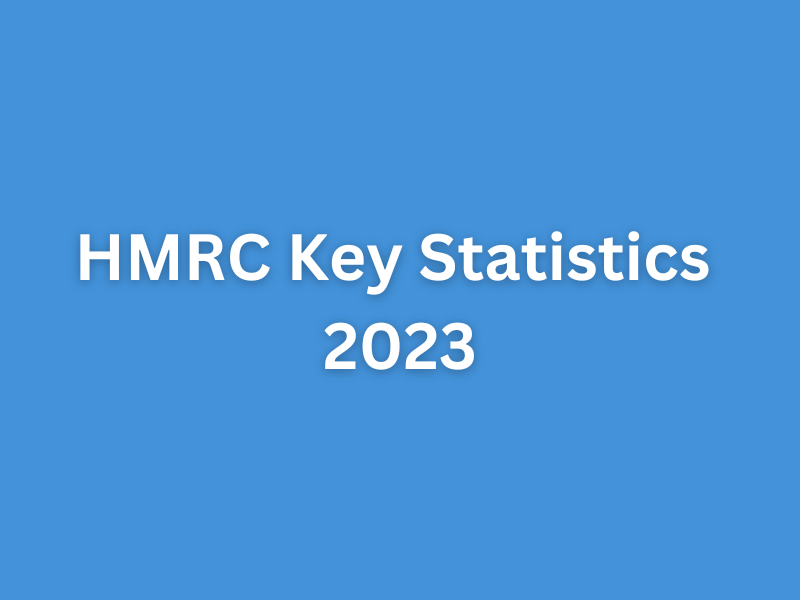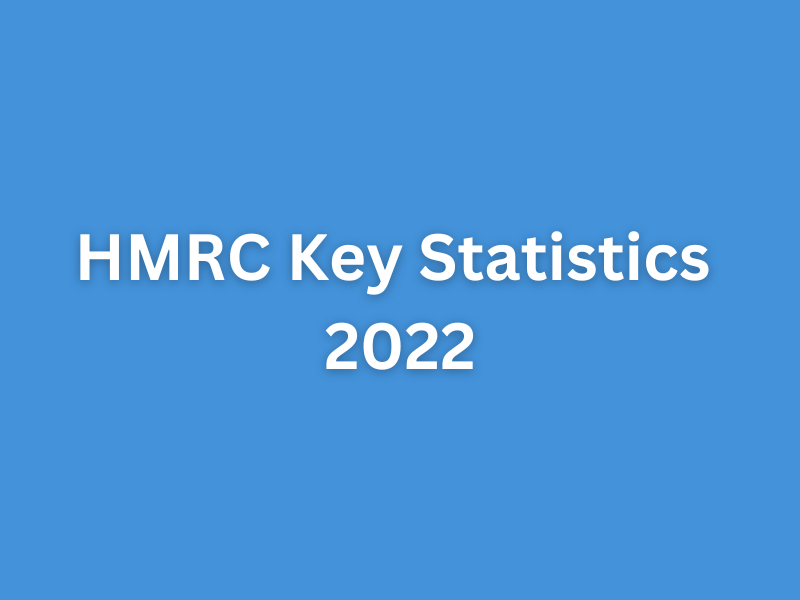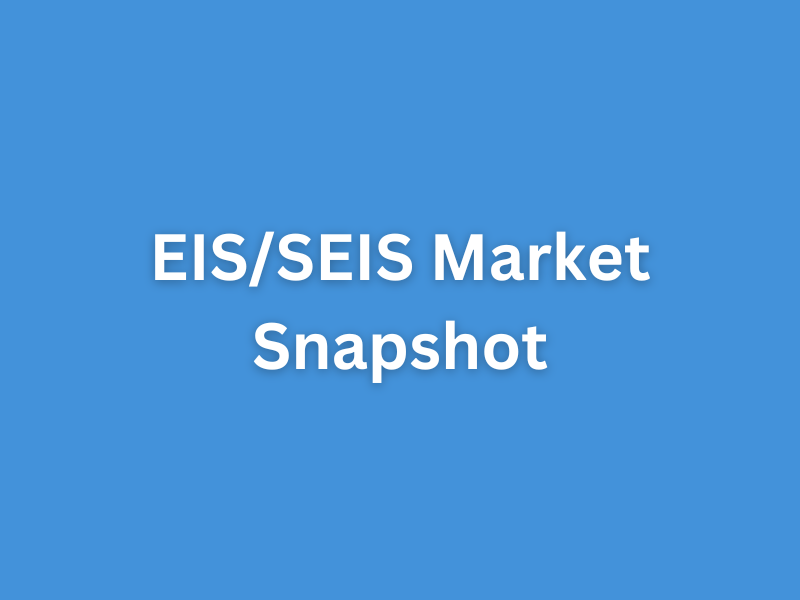The place to find all the EIS/SEIS facts and figures
We directly update our members with everything they need to know, from regulatory changes, HMRC updates and more.
However, you can access up to date facts and figures about the Enterprise Investment Scheme and the Seed Enterprise Investment Scheme on this page at all times, including key statistics annually released from HMRC and dynamically updated market insights.
HMRC Key Statistics, May 2024
Enterprise Investment Scheme
- In the tax year 2022 to 2023, 4,205 companies raised a total of £1,957 million of funds under the EIS scheme. Funding has decreased by 15% from 2021 to 2022, the previous year, when 4,455 companies raised £2,297 million.
- Investment in 2022 to 2023 saw a reduction down to average levels seen prior to the previous year’s increase, which was itself a rebound from the pandemic.
- Around £436 million of investment was raised by 1,280 new EIS companies in 2022 to 2023.
- In 2022 to 2023, companies from the Information and Communication sector accounted for £660 million of investment (34% of all EIS investment).
- Companies registered in London and the South East accounted for the largest proportion of investment, raising £1,280 million (65% of all EIS investment) in 2022 to 2023.
Seed Enterprise Investment Scheme
- In 2022 to 2023, 1,815 companies raised a total of £157 million of funds under the SEIS scheme. Funding in 2022 to 2023 has decreased by 24% from 2021 to 2022 when 2,295 companies raised £207 million.
- Around 1,440 of the companies were raising funds under the SEIS scheme for the first time in 2022 to 2023, representing £137 million of investment.
- In 2022 to 2023, companies from the Information and Communication sector accounted for £62 million (39% of all SEIS investment).
- Companies registered in London and the South East accounted for the largest proportion of investment, raising £102 million (65% of SEIS investment) in 2022 to 2023.
EISA’s overview on the 2024 HMRC data
Christiana Stewart-Lockhart, Director General of Enterprise Investment Scheme Association, gives her insight into the figures:
“The 2022/23 data, whilst lower than the 2021/22 record breaking numbers, is now returning to pre-pandemic levels.
We’ve seen a drop in the number of people investing through the EIS from record levels of 44,810 in 2021/22 to 40,485 in 2022/23. However, this number still shows growth from the 39,035 who invested through the EIS in 2020/21.
EISA is committed to increasing the number of start ups benefitting from EIS and SEIS across the whole of the UK. The data is showing significant growth in the number of businesses using EIS in the North East and Northern Ireland.
The East of England has bucked the trend and seen an increase in EIS investment compared to 21-22, likely influenced by the Cambridge science and technology hubs, as has Northern Ireland. Northern Ireland stands out in particular with a 11% growth in the number of businesses using EIS with an 57% increase in the amount of investment raised.”
You can read the full report from HMRC here.
Annual HMRC statistics on EIS/SEIS
Each year, we, the Enterprise Investment Scheme Association, provide an overview of the key information that comes from HMRC’s data release.
You can explore these below…

Market Insights on EIS and SEIS
These dynamically updated pages will give you insights into the wider market from an EIS/SEIS perspective.





